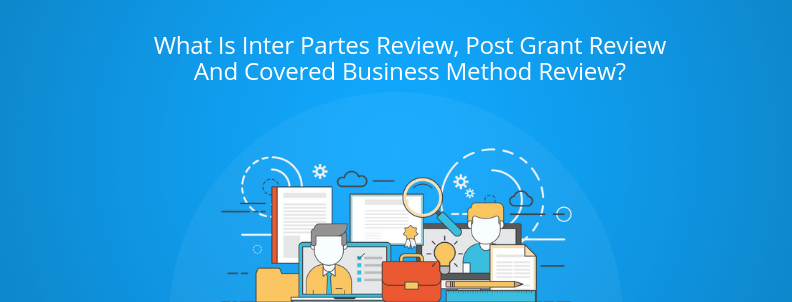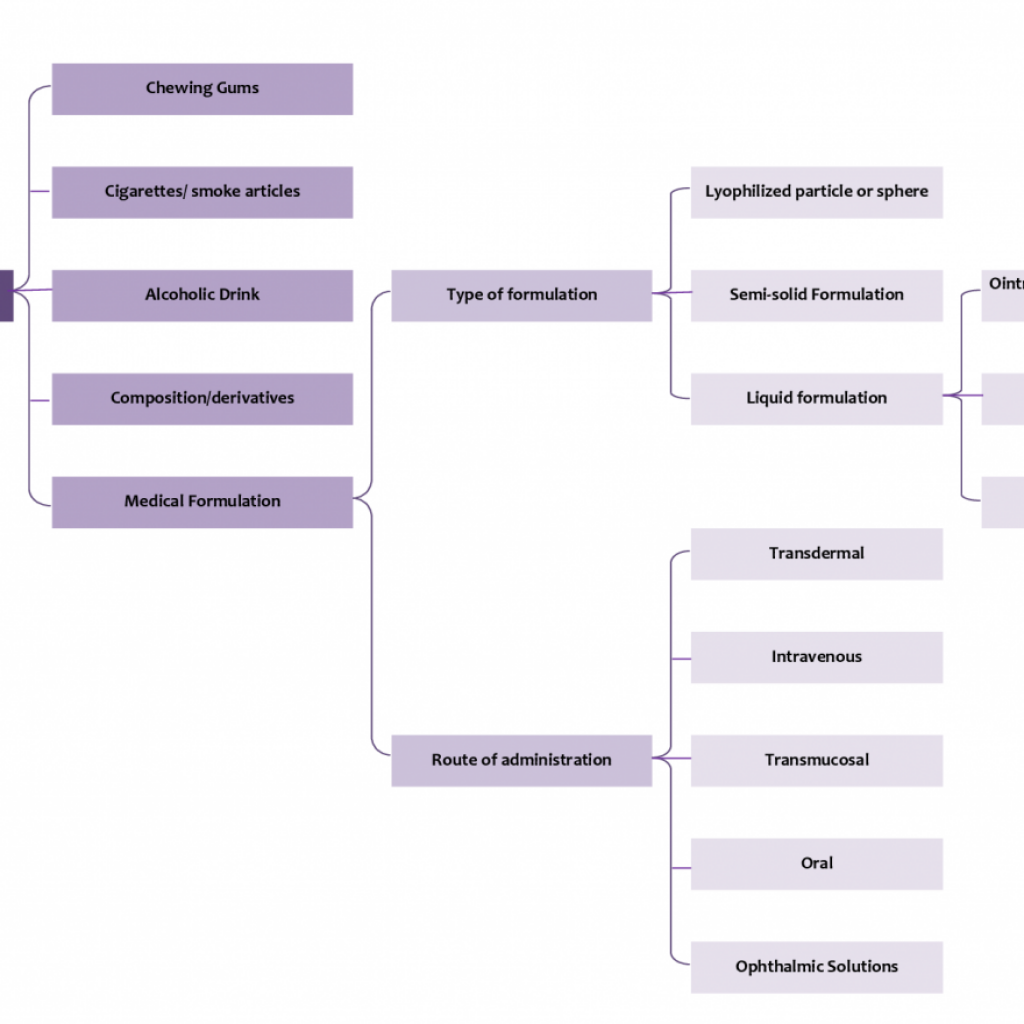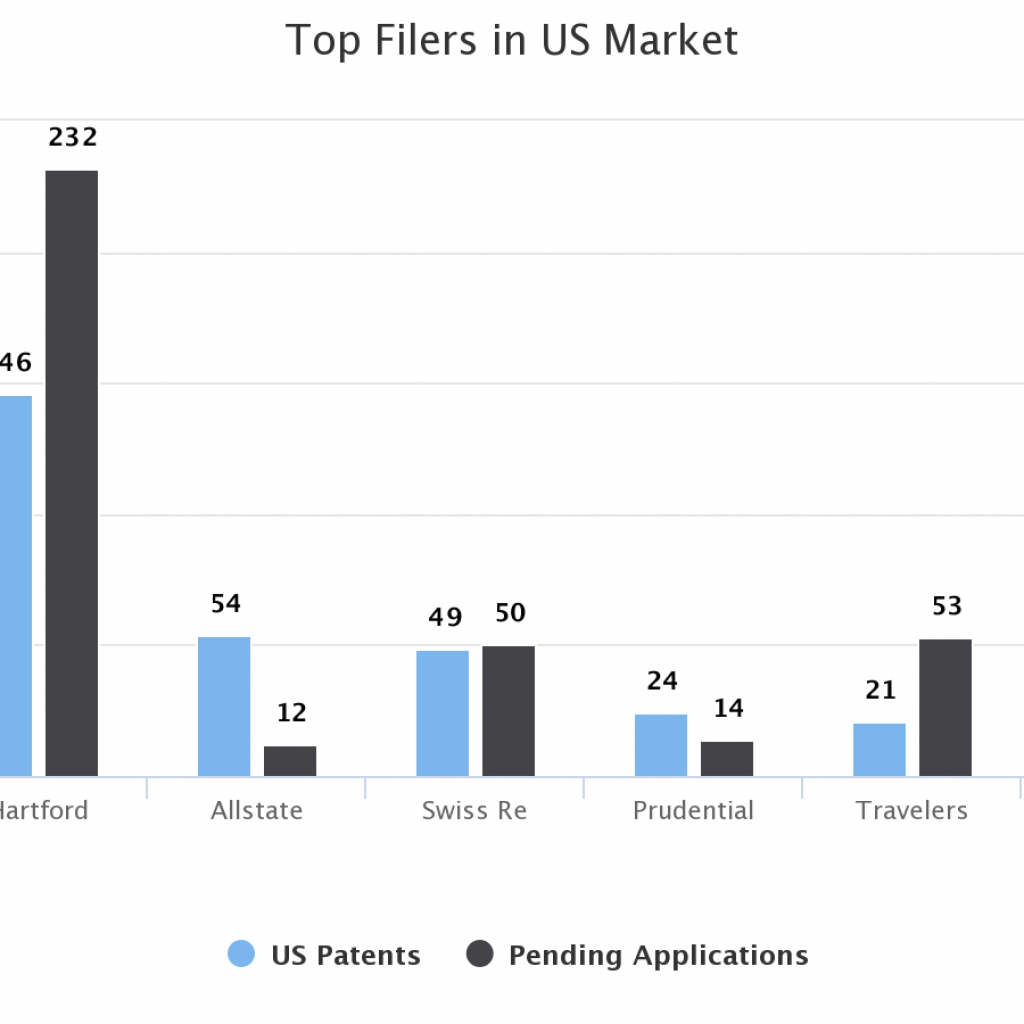You are an inventor. You have with great efforts secured a patent which has cost you a good quarter of your bank balance. You want to make the most out of your newly granted patent and decide to find if there are any organizations out there infringing on your patent. After a lot of time and resources spent, you find out a list of infringers who are overlapping on your patent and decide to seek some licensing royalties from them. You send them the demand letter and find that as a reply, one of the defendants have filed a petition for a post-grant review for your patent.
You have heard quite a bit about the inter parts review given all the coverage, but there is little you know about post-grant review. You would also like to know your options now, and all this could only be possible if you are aware of what exactly is Post grant review.
To aid you, the inventor, who would like to know a little bit more about these reviews, and even for the curious ones, we have detailed not just PGR, but the other two forms of review in detail, while also explaining how each is different from another.
By the end of this article, you will have answers to the following questions:
- What is Post Grant Review?
- What is Inter Partes Review?
- What is the difference between Post Grant Review and Inter Partes Review?
- What is Covered Business Method Review?
- How is CBM different from PGR?
Sounds exciting? Let’s get reading!
What is Post Grant Review (PGR)?
A Post Grant review, as the name suggests, is the review of a patent after it has been granted i.e. registered before the Patent Trial and Appeal Board (PTAB) of the US Patent and Trademark Office (USPTO).
Using this review, the validity of that patent which has been granted is ascertained. This review can be filed immediately after the patent is granted. There is no waiting period required for such filing. However, there is a limitation period of 9 months within which the post-grant review should be filed.
It was introduced through the Leahy-Smith America Invents Act of 2011 (AIA) as a complement to the inter partes review. Both these reviews together replace the inter partes re-examination.
For the Curious Soul: The first 3 final written PGR decisions were issued by the PTAB in June 2016, wherein 2 matters related to the patent dispute between the American Simmental Association and Leachman Cattle of Colorado. In these matters, the patents covered the genetic quality and relative market value of livestock.
American Simmental challenged the patents-at-issue under 35 U.S.C. §§ 101 and 103 and was successful in both the matters on applying the two-step framework of Alice case. It was held that the claims were “directed largely to applications of mathematical formulas and algorithms in the field of animal valuation” and that “all computer recitations in the challenged claims are recitations to generic computer hardware used in a conventional manner, which are insufficient to impart patentability under Alice.”
What is Inter Partes Review?
This review is filed as a challenge before the PTAB for an existing patent, which can be filed by any interested person other than the patent owner. There is no restriction on the filing of the inter partes review and it can be filed against any patent including first-to-invent and first-inventor-to-file patents. However, in the case of first-inventor-to-file patents, the review can be filed only after the lapse of nine months after the said patent has been approved or renewed or until after the end of a post-grant review.
Earlier, the liability to prove the patentability of the patent or its amended claims rested on the patent owner. However, it was struck down by the PTAB in the matter of Aqua Products Inc. v. Joseph Matal. The court has now reversed this burden of proof and now it rests on the petitioner to prove that the patent is not eligible to be granted.
Let us now ascertain the differences between both these reviews – Post Grant Review and Inter Partes Review.
Both these reviews are considered to be counterparts and are both filed before the PTAB with the similarities that they both aim at questioning the validity of a granted patent, and that these cannot be filed anonymously. Also, the time in which both these reviews must be completed before the PTAB is 1 year (which can be extended to 18 months if sufficient cause exists) and the appeal against both these reviews lies before the Federal Circuit.
Still, there are few key differences between them, which are listed underneath:
- Availability
The Post Grant Review can be filed immediately after the patent is granted and is available within nine months of the issuance of the said patent. However, the Inter Pates Review only becomes available nine months after the patent has been granted or after a Post Grant Review proceeding has expired.
- Types of patents covered
A Post Grant Review can be filed only for select business method patents, first-inventor-to-file patents and for pending interferences. On the other hand, Inter Partes Review can be filed for all patents.
- Grounds for filing
A Post Grant Review can be filed on the basis that “more likely than not” one or more claims of that patent will be found invalid. Whereas, in case of Inter Partes Review, there must be “reasonable likelihood” that one of the claims of that patent are invalid.
- Estoppel
It is applicable in both the reviews, but the forums in which estoppel applies are broader in Post Grant Review as compared to an Inter Partes Review. An estoppel created by a Post Grant Review is applicable to all USPTO proceedings, International Trade Commission proceedings and District Court proceedings. In the case of Inter Partes Review, the estoppel is applicable only to District Court proceedings and that the estoppel attaches only after all the appeals have been exhausted.
- Grounds for invalidity
In the case of Post Grant Review filing, there are numerous grounds available for initiating the said proceedings including novelty, obviousness, statutory subject matter, written description, enablement, and definiteness. However, in the case of Inter Partes Review, the filing can be done only on the ground of novelty or obviousness.
What is Covered Business Method Review?
A Covered Business Method (CBM) patent is defined in section 18 of the AIA as a patent that ‘claims a method or corresponding apparatus for performing data processing or other operations used in the practice, administration, or management of a financial product or service,’ but is not for a “technological” invention (which covers “the claimed subject matter as a whole recites a technological feature that is novel and unobvious over the prior art; and solves a technical problem using a technical solution.”).
The AIA envisages the provision for review of these patents, known as Transitional Program for CBM patents which determines the validity of such CBM patents.
Further, the USPTO published a Trial Practice Guide detailing the CBM procedures. It also explains(listed below) what is not termed as a technological invention:
- Mere recitation of known technologies, such as computer hardware, communication or computer networks, software, memory, computer-readable storage medium, scanners, display devices or databases, or specialized machines, such as an ATM or point of sale device.
- Reciting the use of known prior art technology to accomplish a process or method, even if that process or method is novel and non-obvious.
- Combining prior art structures to achieve the normal, expected or predictable result of that combination.
A CBM review allows the patent owner who has been sued or threatened to be sued over a financial business method patent to use a procedure similar to Post Grant Review.
In consonance with a Post Grant Review, any interested party can file it before the PTAB and request for review of the patent on the grounds that it is “more likely than not that at least one claim” of the challenged patent is not eligible for registration.
In spite of the similarities, the CBM review differs from a Post Grant Review on the following points:
- Limitation regarding the filing date
A CBM review can be filed for any eligible patent granted as on September 16, 2012. However, if the CBM is to be filed against a patent that has an effective filing date before March 16, 2013, the prior art that may be used to invalidate the patent is limited to that defined in section 18(a)(1)(C) of America Invents Act. However, there are no such issues in case of a Post Grant Review.
- Exhaust options
A CBM review cannot be used during the period that a Post Grant Review can be filed by the interested party against that patent.
- Ground of filing
In case of a CBM review, the claims of the patent which are challenged need to focus on a problem in the method or corresponding apparatus for either performing data processing or other operations used in the practice, administration or management of a financial product or service. In the case of Post Grant Review, there are no such limitations.
- Nature of patent
A CBM review cannot be filed against a patent covering a technological invention. However, a Post Grant Review can be filed against any patent and is not dependant on its nature.
Conclusion
All these reviews – Post Grant Review, Inter Partes Review and Covered Business Method review present new ways to challenge and question the patentability of a patent which has been granted. Additionally, these reviews are much quicker and cost-effective in comparison to litigation proceedings.
However, each of them has its own set of prerequisites that need to be met before opting for the same. Hence, in order to choose the best suitable option amongst these reviews, the petitioner must consider the following factors: the nature of patent (technological or not), timing of initiating the proceeding, and threshold requirements along with the available grounds to assert invalidity. Once all these factors are considered you’d have a great idea of which review method you could go forward with.
To your success!










